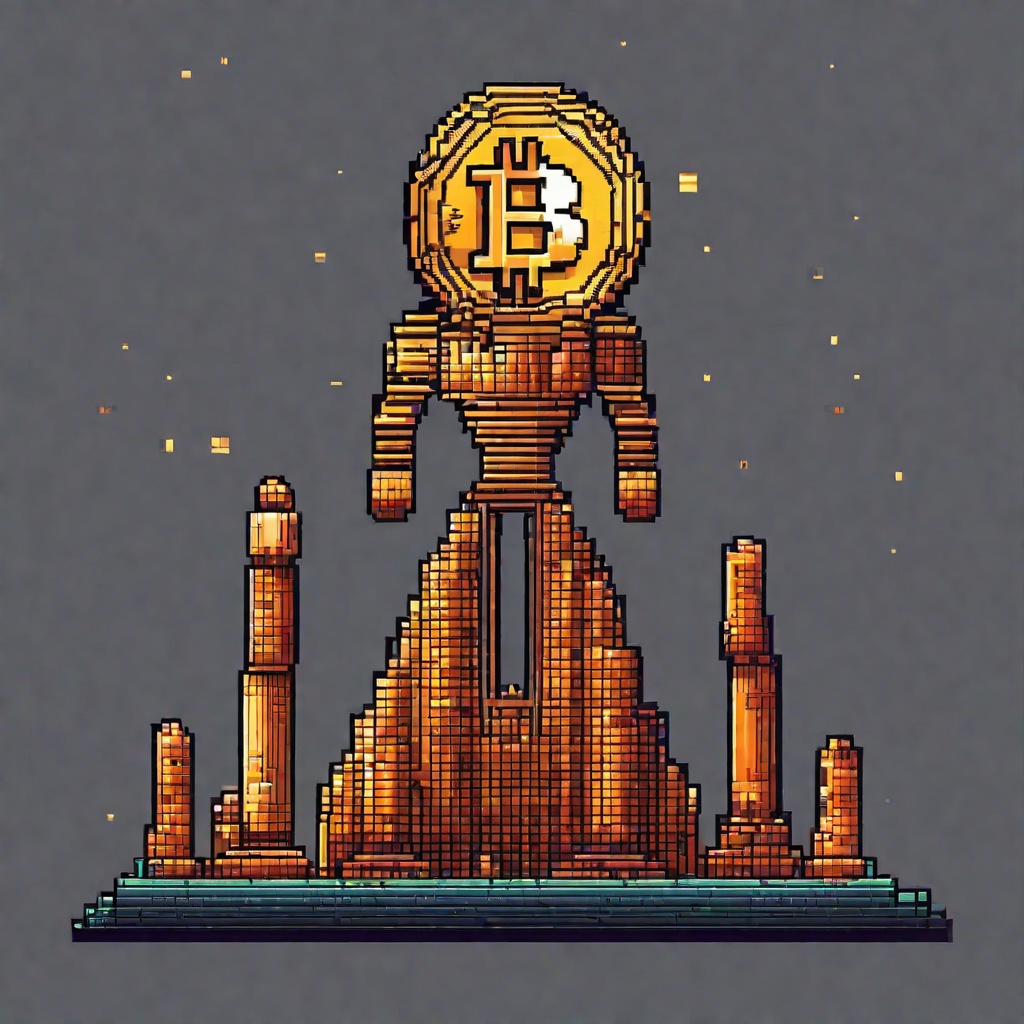How do I choose a good dosa tawa?
Choosing a good dosa tawa can be a daunting task, especially with so many options available in the market. But don't worry, I'm here to help you navigate through the process. First and foremost, consider the material of the dosa tawa. Traditional dosa tawas are made of cast iron, which is known for its even heat distribution and durability. However, there are also modern options like non-stick aluminum or stainless steel that are easier to clean and maintain. Next, think about the size of the dosa tawa. You want to choose one that's big enough to fit your needs, but not too big that it takes up too much space in your kitchen. A medium-sized dosa tawa is usually a good choice for most households. Another important factor to consider is the weight of the dosa tawa. A heavier tawa will retain heat better and distribute it evenly, but it can also be more difficult to handle. If you're looking for something lightweight and easy to maneuver, opt for a thinner tawa. Finally, don't forget to check the handle of the dosa tawa. It should be sturdy and comfortable to hold, so you can easily flip your dosas without any hassle. So, in summary, when choosing a good dosa tawa, consider the material, size, weight, and handle. With these factors in mind, you'll be able to find the perfect dosa tawa for your needs.

What makes picanha so good?
Have you ever wondered why picanha is so highly praised among meat enthusiasts? Is it the unique cut of the cow, the rich marbling, or perhaps the cooking method that sets it apart? This cut, often referred to as the "cowboy steak" or "sirloin cap," comes from the top of the sirloin, and its tenderness and flavor are unmatched. So, what is it that truly makes picanha so good? Could it be the balance of fat and muscle that creates a juicy, flavorful bite, or the fact that it's often cooked over an open flame to lock in those flavors? Let's delve deeper into what makes this cut of meat a culinary gem.

What is a good beta for a portfolio?
Could you elaborate on what constitutes a "good" beta for a portfolio, and how it affects the risk and return profile of an investor's holdings? How does a beta factor into the overall assessment of a portfolio's performance, and are there any specific benchmarks or ranges that are typically considered optimal? Additionally, how does an investor go about adjusting the beta of their portfolio to better align with their risk tolerance and investment goals?

Is Knight good in Vesteria?
Could you elaborate on the question, "Is Knight good in Vesteria?" Are you referring to the gameplay balance, the utility of the Knight class in team compositions, or perhaps the enjoyment factor when playing as a Knight in the game Vesteria? Understanding the context of your query will help me provide a more targeted and informative response. In general, when discussing whether a character class or role is "good" in a game, it's often subjective and depends on various factors such as personal playstyle, the game's mechanics, and the current state of the game's balance. If you're looking for insights into the Knight class's strengths, weaknesses, and overall viability in Vesteria, I'd be happy to discuss those aspects based on my knowledge or the game's community feedback.

Is ASM framework good or bad?
As a cryptocurrency and finance professional, I often come across frameworks and systems that claim to improve efficiency and security in the digital realm. The ASM framework, in particular, has been generating quite a buzz lately. But the question remains: is the ASM framework truly beneficial, or is it just another fad? On one hand, proponents of the ASM framework argue that it offers a robust and scalable solution for managing digital assets and transactions. They claim that its unique architecture and security measures make it well-suited for the demands of the modern cryptocurrency landscape. However, on the other hand, there are those who raise concerns about the ASM framework's potential vulnerabilities and limitations. They argue that it may not be as secure or reliable as some of its competitors, and that it may not be able to keep up with the rapid pace of innovation in the cryptocurrency industry. So, what's the truth? Is the ASM framework truly a game-changer, or is it just another tool in the vast toolbox of cryptocurrency and finance professionals? Only further investigation and testing can reveal the answer to this pressing question.

